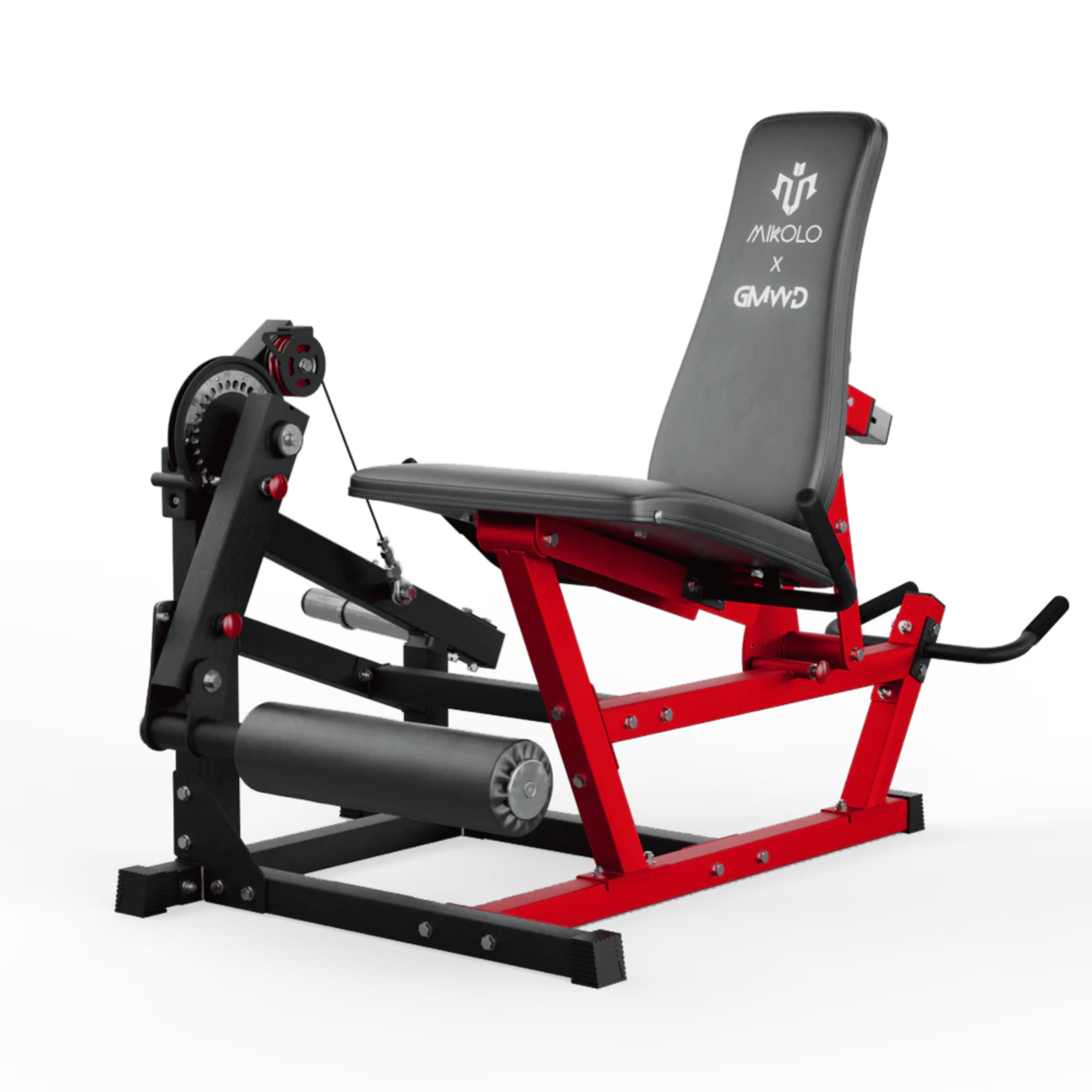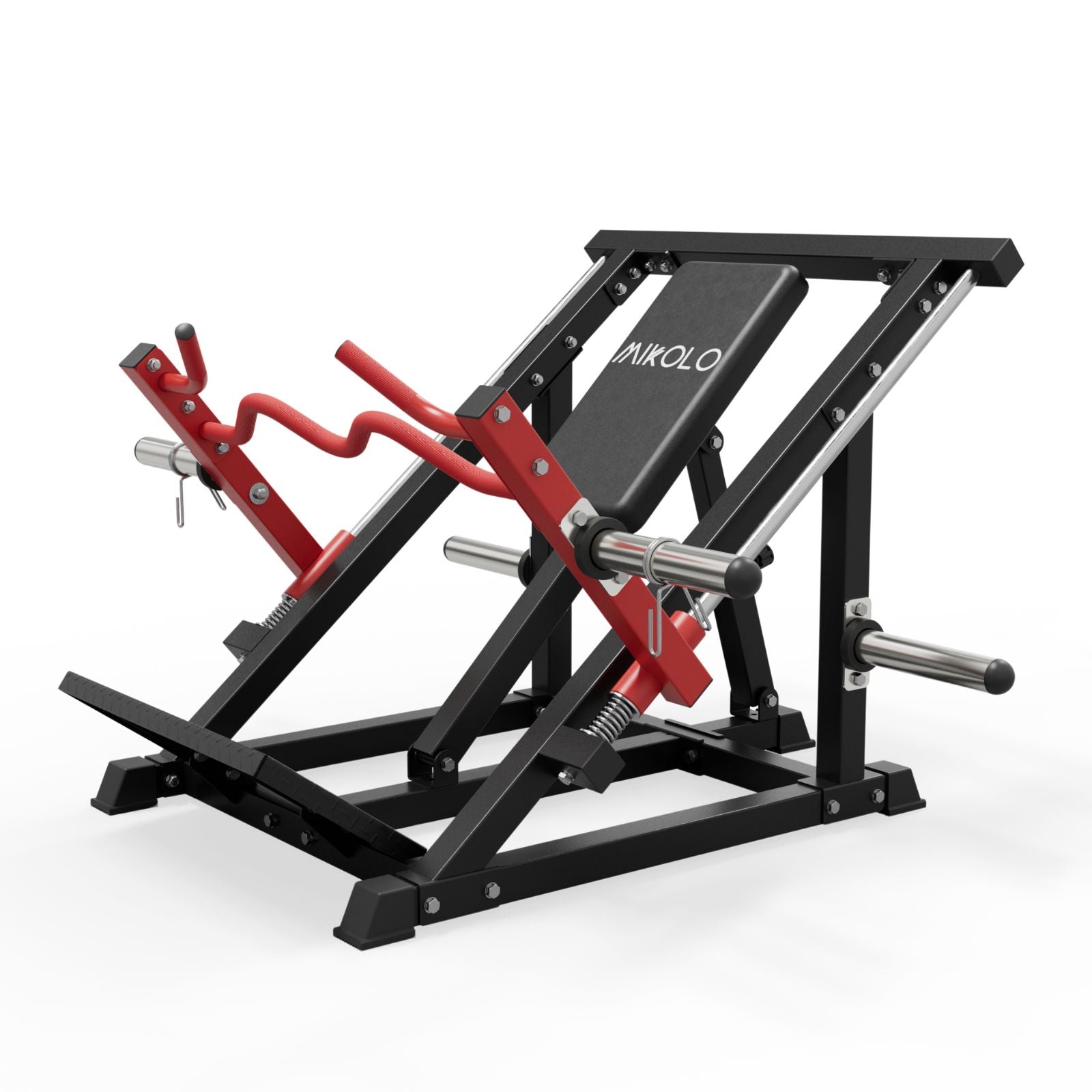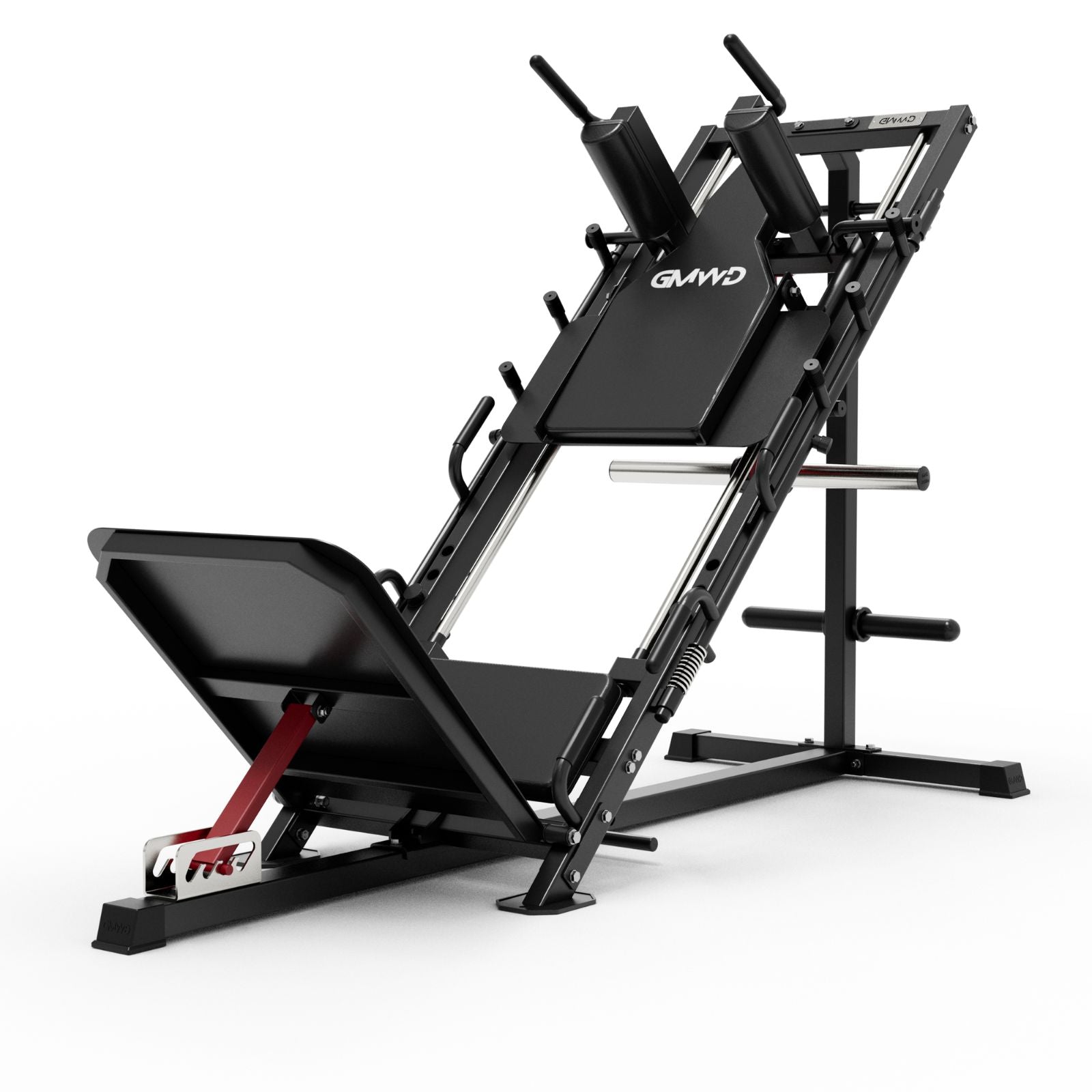In today’s fast-paced world, more people are seeking workouts that deliver maximum impact in minimal time. That’s where all-body workouts come in. Whether you call it a full-body workout, complete body workout, or total body training, the concept is the same: train all major muscle groups in a single session to build strength, boost metabolism, and improve functional fitness.
Why Full-Body Training Works
Unlike split routines that target one or two muscle groups at a time, a workout for full body focuses on compound movements that engage multiple muscles simultaneously. This not only increases efficiency but also enhances coordination, balance, and calorie burn.
A typical total body workout may include exercises like:
-
Squats – Engage glutes, quads, hamstrings, and core
-
Push-ups – Strengthen chest, shoulders, triceps, and core
-
Deadlifts – Target back, legs, and grip strength
-
Rows or Pull-ups – Build back, biceps, and posterior chain
-
Planks or carries – Improve core stability and posture
This approach is especially effective for those aiming to build a strong fitness body, manage weight, or simply feel more energized in daily life.
My Journey with Full-Body Training
I still remember the first time I committed to a full body challenge. At the time, I was juggling a demanding job, young kids, and a tight schedule. Dedicating specific days to arms, chest, or legs just wasn’t practical. So I switched to three full workouts per week—each under 45 minutes.
Within weeks, I felt leaner, stronger, and more agile. My energy levels shot up. Most importantly, the consistency became sustainable. I wasn’t overwhelmed by rigid gym schedules. The flexibility of full body fitness training gave me the freedom to keep moving, even when life got hectic.
How to Structure a Full-Body Workout
A well-designed total body workout includes:
-
Dynamic warm-up – e.g., jumping jacks, arm circles, bodyweight squats
-
Strength training – use 4–6 compound lifts, 2–3 sets each
-
Conditioning – short bursts like kettlebell swings or jump rope
-
Cool down & mobility work – stretching or foam rolling
Aim for 2–4 sessions per week depending on your recovery and lifestyle. Beginners can start with bodyweight movements; intermediate and advanced lifters can use dumbbells, barbells, or resistance bands to progress.
Benefits Beyond the Gym
The beauty of fitness body exercises is how well they translate into real life. From carrying groceries to hiking with friends, full-body strength makes everyday movement easier and safer. Over time, it also helps improve posture, joint health, and mental clarity.
For athletes and sports enthusiasts, sport full body training improves performance, endurance, and injury resilience. Whether you're into martial arts, running, or weekend basketball, training the whole body ensures no muscle gets left behind.
Ready for the Challenge?
If you’re looking to refresh your routine or kickstart a new fitness journey, try incorporating total body workouts into your week. It’s not just about building a better physique—it’s about developing strength that serves you in and out of the gym.










































Leave a comment
This site is protected by hCaptcha and the hCaptcha Privacy Policy and Terms of Service apply.